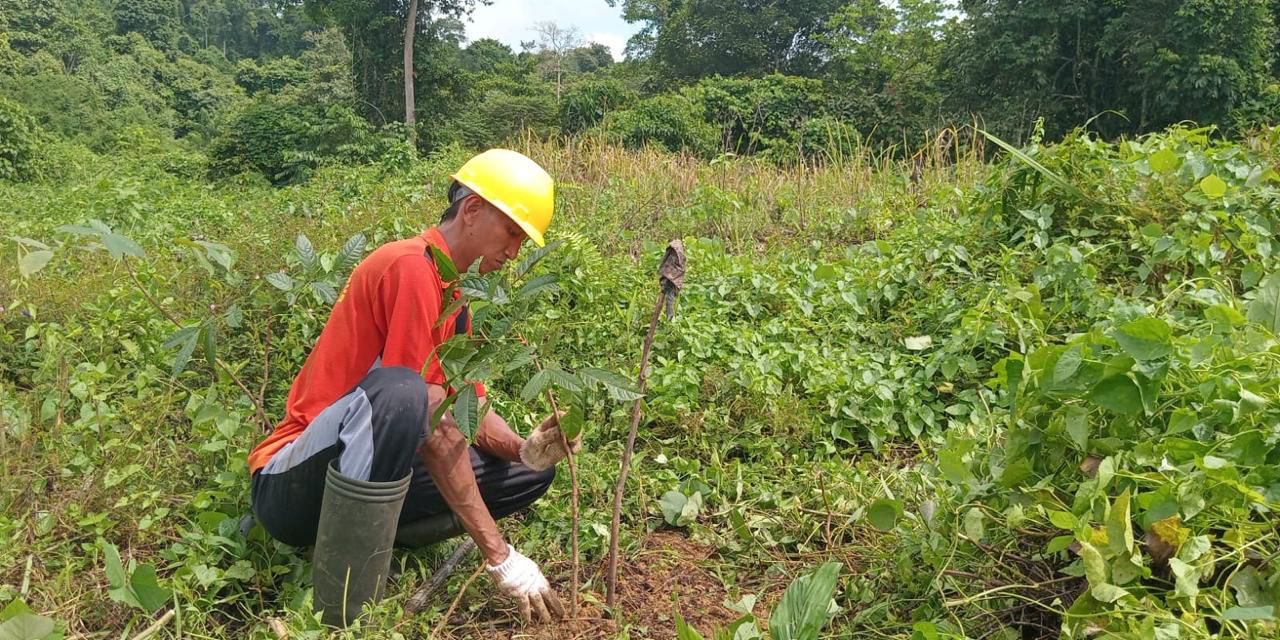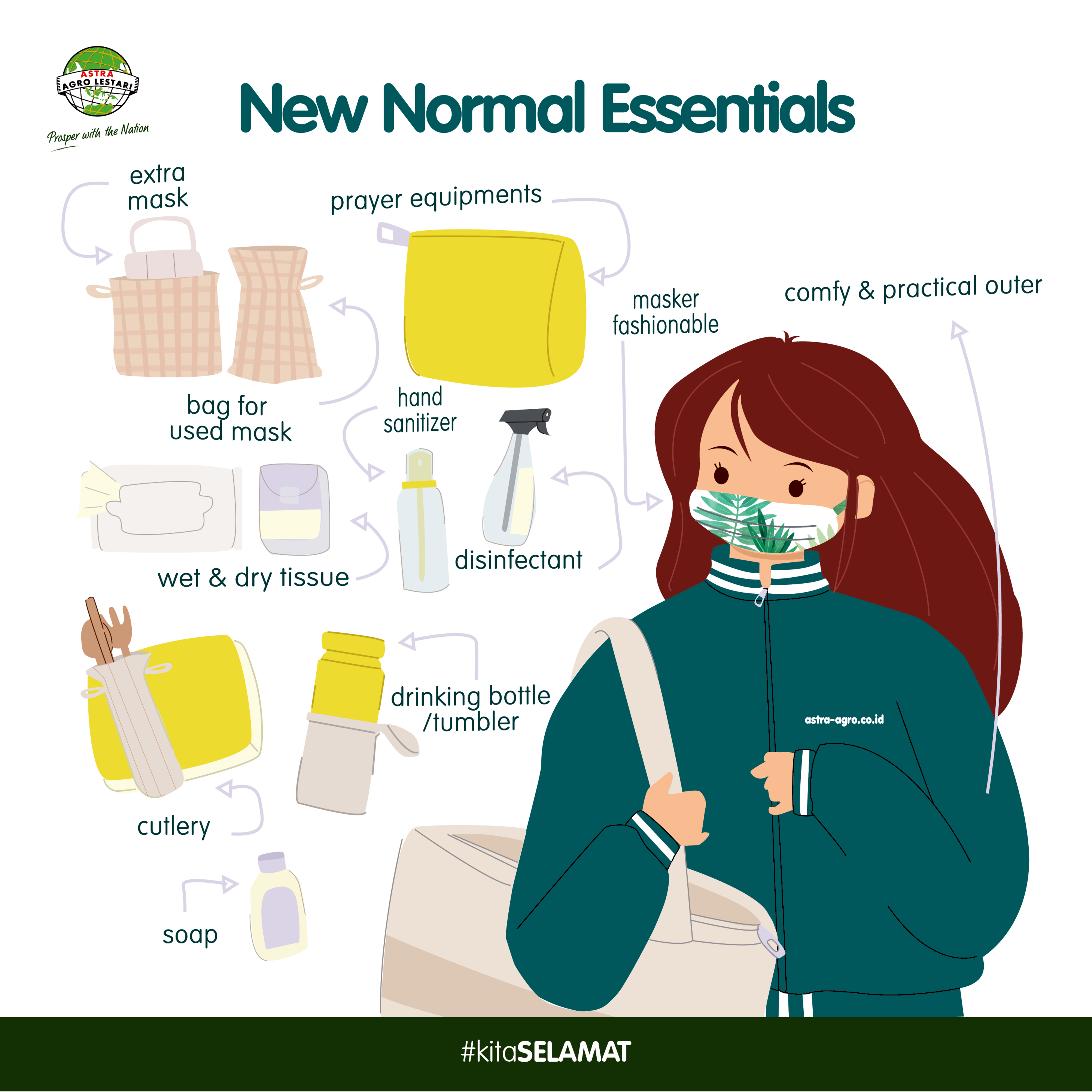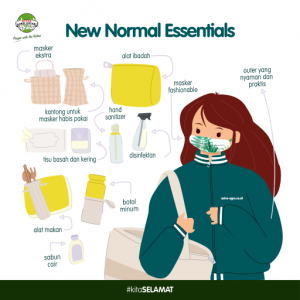
Riparian ecosystems or riverbanks are habitats for various types of plants and animals, which play an important role in maintaining biodiversity. This boundary line also has vital ecological functions, such as maintaining water quality, preventing erosion, and reducing flood impacts.
Because riverbanks are very important for the sustainability of the ecosystems living within them, Astra Agro is committed to always preserving them. This is even outlined in the five-year sustainability action plan (2021 – 2025). The company focuses its rehabilitation program on riparian ecosystems due to their important role in the survival of species by ensuring the availability of food and habitat.
Tree planting or replanting has become the main focus in the riverbank rehabilitation program. Astra Agro provides seedling needs that are suitable for the area size and land compatibility. The company does not plant oil palm trees on riverbanks.
Various types of plants such as shade trees, fruit trees, and several fire-resistant plants have been planted by Astra Agro along the riverbanks, so that the roots of the plants can prevent soil erosion. The selection of these plants is based on various ecological aspects such as native plants, local varieties, and non-invasive species.
The strategy for implementing Astra Agro’s rehabilitation activities is sustainable and carried out gradually throughout the year. We also conduct reviews and updates of data from previous riparian rehabilitation efforts. The benefits of our rehabilitation efforts can be seen from the measurement results and documentation of the impact on various bird species that utilize the rehabilitation sites.
Riverbank rehabilitation activities are carried out within the Company’s concession, with a total of 3,100 trees planted in the third quarter of 2024 in Riau, Central Kalimantan, and West Sulawesi. These trees, which represent various species such as Shorea sp., Aquilaria malaccensis, Cerbera manghas, Pterocarpus indicus, Alstonia scholaris, Handroanthus chrysotrichus, Heritiera sp., and Mimusops elengi, were planted over an area of approximately 19.75 hectares. The goal of this planting initiative is to restore the ecological functions of the riparian area, including erosion control and river protection.
The active involvement of employees and the surrounding community in this activity not only enhances the success of the program but also fosters a stronger sense of ownership and responsibility towards the environment. To improve the quality of the environment and river ecosystems, examples of concessions that participated in tree planting for riverbank rehabilitation in the third quarter include PT Eka Dura Indonesia (PT EDI) and PT Kimia Tirta Utama (PT KTU). Through these efforts, it is hoped that awareness of the importance of environmental preservation will increase and provide long-term benefits for the river ecosystem.




